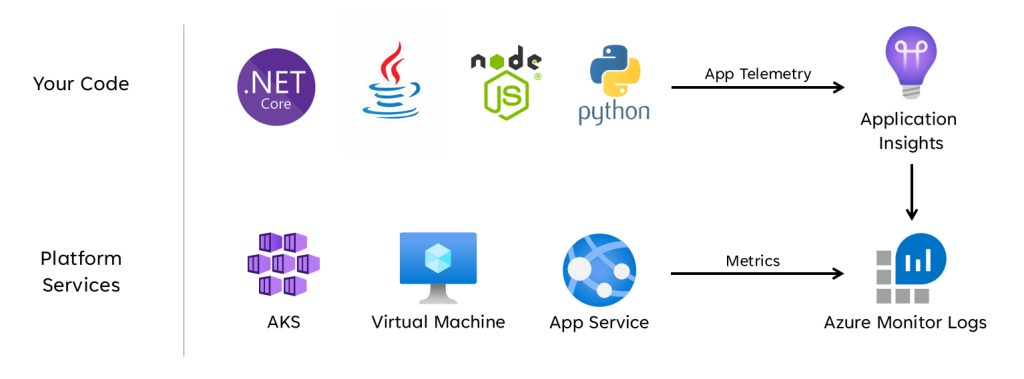
As technology continues to advance at a rapid pace, dataops has become an essential part of monitoring and observability. One company that is leading the way in this area is Azure, Microsoft’s cloud computing platform. In this article, we will explore how Azure is utilizing dataops in monitoring and observability.
What is Dataops?
Before we dive into how Azure is using dataops, let’s first define what it is. Dataops is a set of practices that combines data engineering, data integration, and data quality to improve the efficiency and accuracy of data-driven applications. It involves automating the processes of data collection, transformation, and analysis to ensure that data is consistent, accurate, and reliable.
Azure’s Approach to Dataops
Azure has taken a unique approach to dataops in monitoring and observability. They have integrated it into their overall cloud platform, making it a seamless part of their infrastructure. This means that developers and IT professionals can easily access and use dataops tools and services without having to worry about integration or compatibility issues.
One of the key components of Azure’s dataops approach is automation. They have developed a range of automated tools and services that help developers and IT professionals quickly and easily collect, transform, and analyze data. This includes services like Azure Stream Analytics, which can process millions of events per second, and Azure Data Factory, which can automate the entire data pipeline.
Benefits of Azure’s Dataops Approach

There are many benefits to Azure’s dataops approach in monitoring and observability. One of the biggest is the ability to quickly and easily collect and analyze data. With automated tools and services, developers and IT professionals can focus on analyzing and interpreting data rather than spending time collecting and cleaning it.
Another benefit is the ability to scale. Azure’s dataops services are designed to scale quickly and easily, which means that they can handle large amounts of data without any performance issues. This is essential in monitoring and observability, where large amounts of data need to be processed in real-time.
Conclusion
In conclusion, Azure’s dataops approach is a game-changer in monitoring and observability. By integrating dataops into their overall cloud platform and developing a range of automated tools and services, they have made it easy for developers and IT professionals to access and use dataops in their day-to-day work. The benefits of this approach are clear, from improved efficiency and accuracy to the ability to scale quickly and easily. As technology continues to advance, it’s clear that dataops will play an increasingly important role in monitoring and observability, and Azure is leading the way in this area.